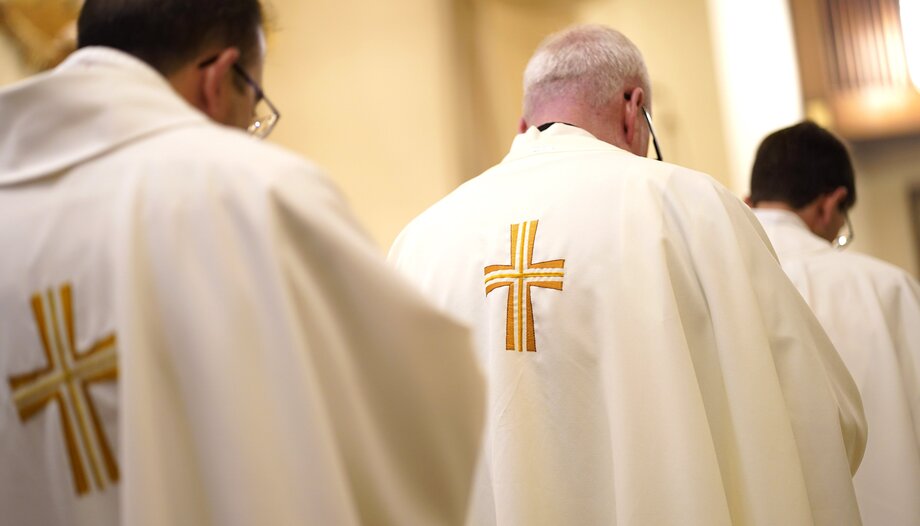One of the most recurring statements when talking about the celibacy of the priests is that it is simply an ecclesiastical law. Or, speaking more abstractly, that it is purely an ecclesiastical discipline. Another way of saying practically the same thing is to affirm that it is not a dogma of faith. Another of the most common assertions is to say that ecclesiastical celibacy was instituted at the beginning of the 12th century in two Lateran Councils, the first in 1123 and the second in 1139. As if a tree of such magnitude and altitude in the Church had arisen spontaneously and developed as if all of a sudden, in a few days of a Council, fruit of the decision of some bishops gathered in Rome.
The phenomenon of secularization, the darkening of the faith, especially in countries with an ancient Catholic tradition, and, as a consequence, the accompanying crisis of priestly vocations, is forcing a profound reflection and debate on the meaning and convenience of priestly celibacy today.
In short, is it a norm willed by the Spirit of the Lord Jesus or is it the fruit of changing historical circumstances? St. Paul VI, in the encyclical Sacerdotalis Coelibatus and St. John Paul II, in his first letter to priests on Holy Thursday 1979, following the teaching of the Second Vatican Council, affirm that priestly celibacy is inspired by the example of our Lord, by apostolic doctrine and by the whole of Tradition.
Back to Christ
Is this statement true, certain, serious? To understand, wholeheartedly accept and promote ecclesiastical celibacy as a precious jewel of the Church of Christ, one must go back to the beginning. It is intimately linked to the mystery of the Incarnation. As early as the Council of Nicaea (325) it was dogmatically established that Christ is not in the line of the ancient "celibates".children of godsThe "God of the universe", submitted to the supreme God. He himself is God, the personal revelation of God: "God is God".God and true man".
What Christ thinks, lives, says, works, has absolute value. The whole of Christianity is thus subtracted from the purely human, from time and history. It is the appearance of something absolutely new, which does not admit of any correlation or connection backwards. It breaks the series of natural causes, where one derives from the other. It is essentially new and supernatural.
Celibacy in Sacred Scripture
It is in the person of Jesus Christ, in his example and his preaching, in his total mystery, that priestly celibacy is rooted. Certainly, in the history of ecclesiastical celibacy, the example of the priesthood of the Old Covenant will also have its influence. This commanded priests to abstain from conjugal relations during the exercise of their ministry in the Temple. But it is the person of Christ, his example of life and his doctrine that will appear as decisive throughout the history of the Church in establishing this "celibacy of the priesthood".multiple harmony"(PO, 12) between New Testament priesthood and celibacy.
Christ lived celibate and very few have dared to question this reality, which is unanimously transmitted by Sacred Scripture and Tradition. Suffice it, in this regard, to quote Karl Barth's famous phrase: "I am a celibate".it is a fact - and the Protestant ethic in its exaltation of marriage, which arose in the struggle against the Roman celibacy of priests and religious, has forgotten this point - that Jesus Christ, of whose humanity there was no doubt, had no other lover, girlfriend, wife, family and home outside his community.".








